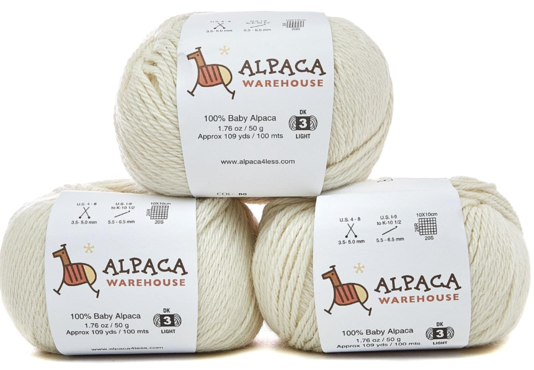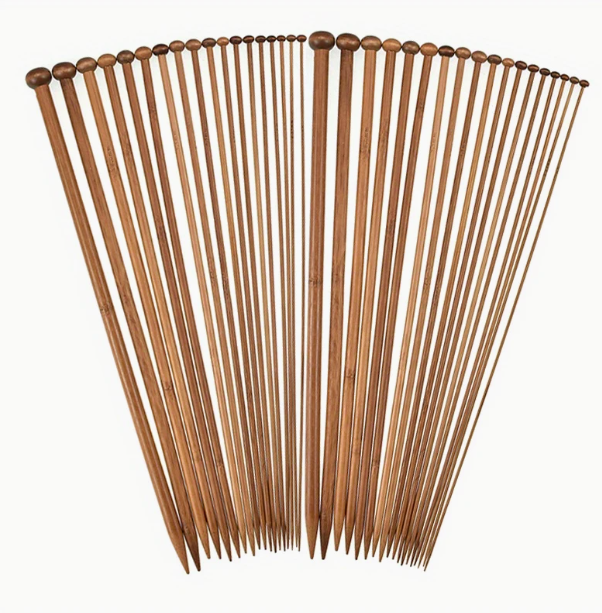Imagine a material so soft it feels like a gentle Andean breeze on your skin, so warm it wraps you like a cozy hug on a chilly night, and so durable it becomes a lifelong companion. That’s Peruvian alpaca wool, a gift from nature and Andean culture that has captivated hearts for centuries. I’ll take you on a sensory and cultural journey to uncover why Peruvian alpaca wool is so special, how to choose the best quality, where to buy it, and how to care for it so it stays with you for years. Get ready to fall in love with Peruvian culture and its textile traditions as we explore this fascinating world together.
How to Choose Peruvian Alpaca Wool
Choosing Peruvian alpaca wool is like selecting a precious gem: you’re looking for quality, authenticity, and a story that resonates with you. This proudly Peruvian product carries centuries of tradition and a deep connection to the Andean highlands. Here are some tips to ensure you’re picking the best:
- Unmatched Softness: Alpaca wool is famous for its silky texture, far softer than sheep’s wool. For the crème de la crème, look for items labeled “baby alpaca,” which come from the first shearing and feel like a dream.
- Warmth and Lightness: Unlike other fibers, alpaca is lightweight yet incredibly warm, thanks to tiny air pockets that trap heat. It’s perfect for garments that keep you cozy without feeling like you’re carrying a sack of potatoes.
- Durability: This fiber is strong and resistant to wear. It doesn’t pill or lose its shape over time, making your scarves, sweaters, or blankets a long-term investment.
- Hypoallergenic: Sensitive skin? No problem. Alpaca wool lacks lanolin, the irritant found in some wools, so it’s gentle on everyone.
- Natural Colors: From creamy whites to deep blacks, with warm grays and browns in between, alpaca offers a range of natural hues that don’t require chemical dyes. It’s like nature painted each strand.
- Peruvian Craftsmanship: Behind every piece are Peruvian hands that have perfected their craft over generations. Opt for handmade items to bring a piece of that rich culture home.
When you choose Peruvian alpaca wool, you’re not just buying a product—you’re wrapping yourself in a story that began thousands of years ago in the Andean highlands.
Where to Buy Peruvian Alpaca Wool
Now that you know what to look for, where do you find this treasure? I’ve got three fantastic options, each with its own charm, so you can choose based on your style and budget:
Whichever you choose, you’ll be bringing a piece of the Andes home.
The History of Alpaca in Peru: A Living Legacy
To truly understand Peruvian alpaca wool, we need to travel back in time. Close your eyes and picture the Peruvian highlands over 6,000 years ago. There, in the windswept punas, alpacas graze peacefully under an endless sky. The Incas revered them as a divine gift, and for good reason: their wool was so valuable that only royalty could wear it. Can you imagine an Inca noble strolling through the stone streets of Cusco, draped in an alpaca cloak that shimmered in the sun?
Today, that tradition lives on. If you ever visit an Andean market, you’ll catch the earthy scent of freshly sheared wool and hear the clack-clack of wooden looms. Artisans, with hands weathered by years of work, transform each strand into a masterpiece. As I write this, I’m reminded of an afternoon in Puno, watching a weaver spin with a simple spindle, a steaming cup of coca tea beside her. That bitter, herbal flavor, mixed with the crisp mountain air, is Peru in its purest form.
How Good is Alpaca Wool?
Good? My friend, Peruvian alpaca wool isn’t just good—it’s extraordinary! It’s as if nature decided to create the perfect fiber. Its softness is legendary; some say it’s like running your fingers through a cloud. But it doesn’t stop there: it’s up to five times warmer than sheep’s wool and much lighter. Plus, it’s water- and fire-resistant, and it doesn’t form those pesky pills that ruin other garments. If you’re after quality that lasts, alpaca is your answer.
What is the Most Expensive Wool in Peru?
Within the alpaca universe, there’s a queen: “baby alpaca.” Don’t be fooled by the name; it doesn’t come from baby alpacas but from the first shearing of an adult. This fiber is so fine, so soft, it feels like luxury in your hands. Due to its rarity and quality, it’s the most expensive wool in Peru, and in the global market, it can fetch prices that make you blink twice. But when you touch it, you’ll understand why: it’s like the Andes whispering against your skin.
Which is Warmer, Wool or Alpaca?
If you’re shivering on a cold night and wondering whether to choose sheep’s wool or alpaca, let me settle it: alpaca wins hands down. Its unique structure, with tiny air pockets, traps heat like a constant hug. Sheep’s wool is warm, yes, but heavier and denser. Alpaca keeps you toasty without making you feel like you’re wearing a medieval suit of armor. Fun fact: in the high Andes, where the wind cuts like a knife, alpacas are the shepherds’ salvation.
Why Does Alpaca Wool Itch?
Here’s a confession: sometimes, alpaca wool can itch. But don’t lose heart. This usually happens with coarser fibers or lower-quality items. Fine alpaca, like baby alpaca, is as soft as a petal. If it itches, it might be a sign that it’s not 100% pure or that the processing wasn’t top-notch. Think of it like wine: not every bottle comes from the same vintage.
How to Stop Alpaca Wool from Itching
If you have a slightly scratchy item, don’t give up on it. First, check that it’s pure alpaca; blends with other fibers might be the culprit. If it’s authentic, try hand-washing it with a splash of white vinegar, which softens the strands like magic. Another option is to wear a cotton layer underneath so your skin stays happy. Problem solved!
How to Wash Alpaca Wool
Washing alpaca wool is almost a ritual. Use cold water and a gentle detergent, and submerge it with care—no twisting or scrubbing. Let it soak for a few minutes, as if it’s meditating in the water, then rinse it gently. To dry, lay it flat on a towel; never hang it or toss it in the dryer, or you might say goodbye to its original shape. It’s a delicate process, but worth every second.
Can You Iron Alpaca Wool?
Here’s the deal with ironing Peruvian alpaca wool: it’s not recommended. The delicate fibers can’t handle the direct heat and pressure of an iron, which could damage their natural softness and structure. If your alpaca piece has wrinkles, opt for a gentler approach like steaming:
- Use a steamer: Hang the garment and glide a steamer about 4-6 inches away, letting the steam smooth out the wrinkles without touching the wool. It’s a safe way to keep its silky texture intact.
- No steamer? Try this: Hang it in the bathroom during a hot shower. The natural steam will relax the fibers effortlessly.
- Big no-no: Avoid placing an iron directly on alpaca wool. The heat can crush the fibers, stripping away their warmth and lightness.
This way, your Peruvian alpaca wool stays flawless with the tender care it deserves.
How to Make Alpaca Wool Soft Again
If your alpaca item feels a bit rough over time, don’t worry—there’s hope. Soak it in cold water with a tablespoon of hair conditioner for 15 minutes, rinse thoroughly, and lay it flat to dry. You can also gently brush it with a natural bristle brush to restore that fluffy texture. It’s like giving your wool a spa day.
How to Tell if Alpaca Wool is Real
In a world full of imitations, verifying authenticity is key. Real alpaca has a silky feel and doesn’t itch. Look for labels certifying its Peruvian origin and composition. For a detective-level check, try the burn test: burn a small thread. Real alpaca burns slowly and turns to ash, while synthetics melt like plastic. It’s a textile sleuth’s trick.
A Sensory Journey Through the Andes
As I write this, I can’t help but picture myself in the heights of Ayacucho, with the wind whistling through the mountains and the smell of fresh grass mingling with newly spun wool. Peruvian alpaca wool isn’t just a fiber; it’s a bridge to a culture steeped in history. Each piece carries the echo of looms, the sweat of artisans, and a love for a tradition that refuses to fade.
Conclusion: A Hug from the Andes
Peruvian alpaca wool is more than just a material—it’s a connection to the history, culture, and nature of the Andes. Every piece tells a story of tradition, craftsmanship, and love for the land. By choosing alpaca wool, you’re not only opting for superior quality but also supporting local communities that have kept this tradition alive for generations. So, the next time you wrap yourself in a soft alpaca scarf, close your eyes and let it transport you to the heights of the Andes, where the air is pure, the sky is endless, and the magic of Peruvian culture is woven into every thread. Isn’t it amazing how something so simple can be so profound? Now, tell me—are you ready to experience this treasure?




